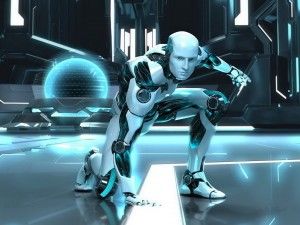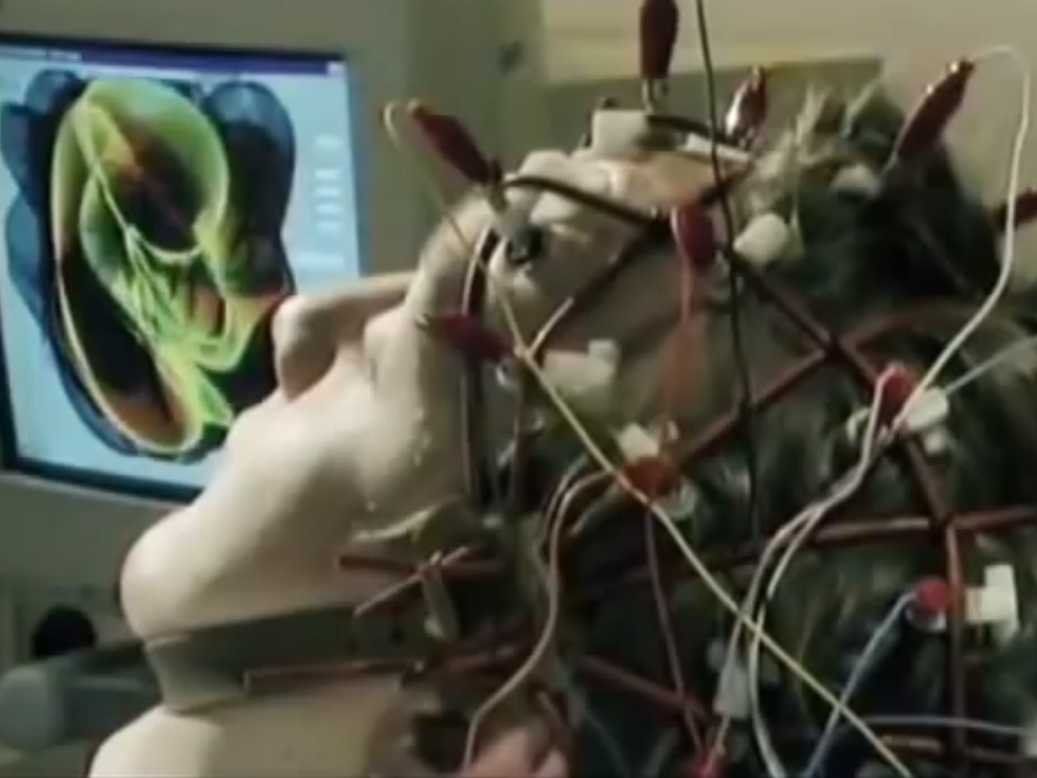Weightlessness in free fall, seen by Einstein in a flash in 1907, was “the happiest thought of my life” as he always said. It implies that gravity can be replaced by ordinary acceleration and hence can be understood from first principles using his then two years old theory of special relativity.
Twelve revolutionary implications follow. They all derive from the following simple abstract scenario described by Einstein: A light ray is ascending inside a constantly accelerating long rocketship in outer space, from the bottom to the tip. During this finite traveling time, the ship itself is picking up speed. That is all. The rest is implications:
# 1) When the ascending light with its intrinsic finite speed c arrives at the tip, the tip is receding at a constant velocity from the point of origin of the light. So a constant Doppler effect applies. Hence the temporal wavelength of a laser beam arriving upstairs is elongated. This is the famous GRAVITATIONAL REDSHIFT (Einstein).
# 2) The elongated wavelength of the photons emitted downstairs implies that their constant energy is lower there from the beginning since nothing happens to them on the way. This is the GRAVITATIONAL ENERGY REDUCTION OF LIGHT (Einstein).
# 3) The clocks downstairs do not only appear to be ticking slower when watched from above, they actually tick slower. The two ticking rates stand in a permanent ratio (there is a bijection between upper and lower time). Therefore when an upper clock is lowered and then hauled-up again, it is delayed. This is the GRAVITATIONAL TWIN PARADOX.
# 4) The spatial wavelength of a laser beam arriving upstairs is elongated in parallel with its temporal wavelength (# 1). This is the GRAVITATIONAL SIZE INCREASE.
# 5) The ratio “spatial wavelength over temporal wavelength” is preserved downstairs. This is the LOCAL CONSTANCY OF THE SPEED OF LIGHT c IN GRAVITY (Einstein).
# 6) The energy-reduced light downstairs (# 2) implies that particles that are created downstairs out of locally normal-appearing but energy-reduced photons, are – via quantum electrodynamics (imagine a time-inverted PET scan installed downstairs) – reduced in their rest mass. Hence all particles locally at rest downstairs are rest-mass reduced by the gravitational redshift factor. This is the GRAVITATIONAL REST-MASS REDUCTION.
# 7) Since the rest-mass-to-charge ratio is a universal constant for every particle class and corresponding type of charge, the gravitational rest mass reduction (# 6) possesses a corollary. This is the GRAVITATIONAL CHARGE REDUCTION.
# 8) The reduced rest mass of all objects located downstairs (# 6) implies – via quantum mechanics – that the gravitational size increase (# 4) which affects all lengths downstairs is as real as the gravitational time slowdown (# 3). Hence the ratio “spatial wavelength (# 4) over temporal wavelength (# 1)” is not only a local but also a global constant. This is the GLOBAL CONSTANCY OF THE SPEED OF LIGHT c IN GAVITY.
# 9) The transversal speed of light c APPEARS TO BE REDUCED by the redshift factor valid downstairs, when watched from upstairs (Einstein).
# 10) The transversal speed of light c APPEARS TO BE INCREASED by the blueshift factor valid upstairs, when watched from downstairs.
# 11) All ten effects are LOCALLY MASKED (as Einstein saw with his own points # 1, 2, 5, 9).
# 12) Of the six new “young-Einstein corollaries” (# 3, 4, 6, 7, 8, 10), one (# 8) is the most astounding. For it implies the EXISTENCE OF A GLOBAL–c TRANSFORM OF GENERAL RELATIVITY.
The latter equation has yet to be written down explicitly except for a special case (the re-written Schwarzschild metric). The implied new global constancy of c is responsible that all globally expanding solutions and all gravitational-wave solutions of the Einstein equation as written so far lose their physical status. Therefore, the seven added corollaries (# 3, 4, 6, 7, 8, 10, 12) do, in conjunction with Einstein’s five original happy findings (# 1, 2, 5, 9, 11), change the face of gravitation theory while at the same time making it compatible with quantum mechanics. (For J.O.R.)


 By
By 
